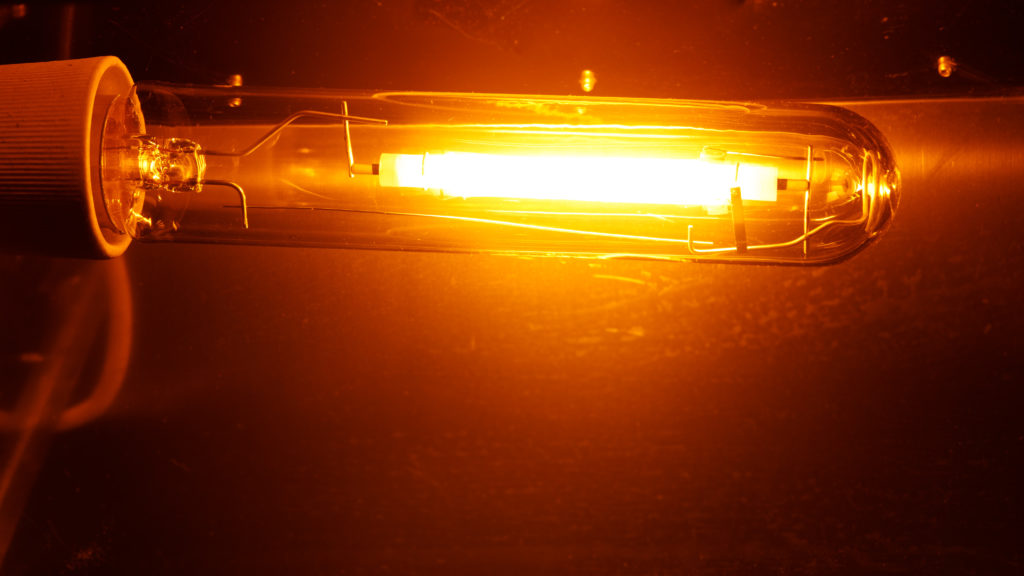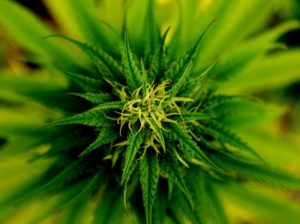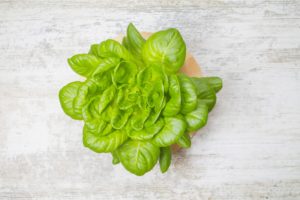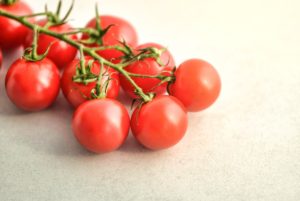HID Light Components
High Intensity Discharge lights are easier to think of as a system. In fact, many manufacturers sell systems alongside single bulbs because of this. You can’t just twist an HID bulb into any lamp. You need a special setup for it to work properly. Let’s look at the main components of an HID lighting system:
The bulb
This is the first, and most obvious component. For this grow light system, you need either MH or HPS bulbs. Of course, it’s not that simple. If you have plants that should flower or fruit, you need to switch your bulbs. That’s where special ballasts come in, but we’ll get to that soon. However, you can also find conversion bulbs, which allow you to use an MH bulb in an HPS ballast, or vice versa.
The ballast
On regular lamps, when you use fluorescent or incandescent bulbs, you won’t see the ballast. It’s already part of the lamp. What does a ballast do?
Ballasts control the power flowing to your lights. While regular lamps use internal ballasts, you need an external ballast for HID lights. This is incredibly important. However, as we mentioned earlier, you will need separate ballasts for HPS and MH lights, because they work slightly differently.
Here’s a two sentence summary of how ballasts work. We’ll look at HPS for this example, but MH works much the same, but with a different gas.
Your lamp has a ceramic arc in the center, which needs a higher voltage to vaporize sodium into gas. The ballast provides the initial high voltage, and then reduces it once the sodium is a vapor, providing less, but constant energy.
Without a ballast, to dial down the voltage after the ceramic arc strikes, an HPS bulb would blow out.
A reflector
Having a reflector helps ensure you’re making the most out of the lighting your bulb produces. Most fit over the top of your lamp, although there are plenty of styles to choose from. By placing the reflector over your lamp, you redirect any lighting that would otherwise ‘leak’ back to your plants.
Common styles of reflectors include:
- Hood
- Wing
- Umbrella
- Parabolic
- Cooled
Do you need a timer?
Technically, you don’t have to have one. However, it’s a major convenience. Timers simply connect to your lamp system, and then take care of turning lights on and off. Just set the timer for your optimal photoperiod (duration of lighting each day).
There are plenty of reasons to use a timer, although many growers first use one for convenience. The truth is, it’s not just better for you, it’s better for your plants too. A timer keeps light duration consistent, whether or not you’re there.
How to Measure HID Grow Lights
When you first look for an HID grow light, you’ll see many manufacturers listing Watts as the first unit of measurement. However, it’s also important that you consider other ways of measuring your HID grow lights. Wattage tells you how much power per second a light needs to work. While it can show you how energy efficient a light may be, it doesn’t necessarily determine actual light output. Not only that, but it doesn’t tell you anything about the wavelength of light that comes out either.
Lumens, Lux, PAR, and even PPFD are common measurements. Lumens measure the general amount of visible light being put out, while lux measurements lumens in a certain area.
PAR shows more about the actual wavelengths (i.e., color) lighting gives off. Much like lux is to lumens, PPFD shows the spread and reach of that illumination.
Which Measurement Should You Use?
It’s really best to use a combination of measurements whenever possible. Grow light manufacturers should be able to give you measurements of what their lights produce. Don’t rely on wattage to make your decision, unless you already know about the illumination, and are checking for energy efficiency.
For example:
You’re looking at HPS. Watt measurements between two of the HPS grow lights are 400 watt for one, and 600 watt for the other. If they put off the same illumination, you’ll choose the 400w HPS light.
Look for a combination of lumens/lux and PAR/PPFD if possible. This should give you a good idea not only of the wavelengths a light gives off, but also how much it gives off, and how far that light reaches. Measuring HID grow lights doesn’t have to be complicated, but the more you understand, the better.
Not sure if your lights are doing the job?
A meter is a fairly inexpensive way to do a check up when measuring HID grow lights. Some meters have combination measurement capabilities, while others measure only a single metric, like lux or PAR. Even if you know all about your light’s illumination output, you still might want to spring for a meter.
Grow lights are measured from a certain distance, and in certain conditions. These are the numbers you see from the company producing them. However, your grow room isn’t their corporate testing facility. A lux meter is especially helpful in placing your lights. Even a slight adjustment to their position can make a pretty big difference in how much light your plants get.
So, if it looks like your plants aren’t getting the lighting they need to thrive, check with a meter. In many cases, the grow lights are just fine, but they aren’t in the optimal position.
We recommend this Quantum handheld PAR meter
What You Need to Know About HID Grow Lights
Now that we’ve built the foundation, there are a few other things worth mentioning about High Intensity Discharge lights. If you want more info about measuring lights, check out our guide on lux levels.
They get hot
Any kind of grow light will produce some heat, even if it’s barely noticeable. HID grow lights produce more heat than any other type. That means you need to consider these things:
- Ventilation
- Placement relative to plants
- Climate control
- Evaporation
Make sure you use HID lights in a well ventilated area to help keep them cool. You may also need to adjust the ambient temperature of your grow room to compensate. Some HID grow light systems include built in ventilation. If yours doesn’t, but your lights are still too hot, consider adding a reflector with a built in fan.
When it comes to your plants, be wary of placing lights too close. It can dry out leaves, scorch your plants, or make it difficult for plants to get proper nutrients and moisture. Unlike LED or fluorescent grow lights, you also need to prepare for more evaporation. Because of the heat, and high intensity illumination, your hydroponic nutrient solution evaporates more quickly.
Keep an eye on your plants, and be ready if you need to switch to a more frequent watering schedule.
Switching bulbs
As we mentioned, you may end up switching bulbs, depending on what you’re growing in your hydroponic system. Start with Metal Halide, and once your plants are ready for flowering, switch to High Pressure Sodium bulbs. You either need a ballast for each, or a conversion bulb. While conversion bulbs may be a bit pricier, you also won’t need to worry about changing ballasts.
If you’re only able to use one, opt for the HPS grow light, unless you’re only growing vegetative plants. HPS bulbs have a greater range on the light spectrum, and some plants won’t properly flower without the red/orange light it produces.
If you choose HPS lighting, your bulbs also last longer. HID lights have different lifespans depending on the type of bulb.
MH grow lights work for about 10,000 hours.
HPS grow lights work for around 18,000 hours.
With nearly double the lifespan, HPS grow lights can get you through several more planting cycles than a single MH grow light.
There are single and double ended bulbs
So you thought we had it all covered, right? Surprise! There’s another thing to throw in the mix. Both MH and HPS bulbs come in either single or double ended options. What’s the difference?
Price is one of the big differences. As you might assume, double ended bulbs are pricier. However, they last longer than single ended bulbs, and put out more light in return. It’s not just the bulbs though. Those aren’t as big of a step up as the reflectors are. You’ll invest more for a reflector designed for double ended bulbs, but again, you’re getting a big benefit.
Single ended bulbs are effective as hydroponic grow lights. However, you may end up replacing them more often. Still, if you’re on a budget, they’re much more accessible. The bulbs are cheaper, and so are the reflectors. Not only that, it’s easier to find a proper reflector that fits a single ended bulb.
One last difference is in the amount of heat they give off. A single ended bulb doesn’t give off as much heat as a double ended bulb. If you’re working with limited space, it’s easier to keep a single ended bulb cool.




